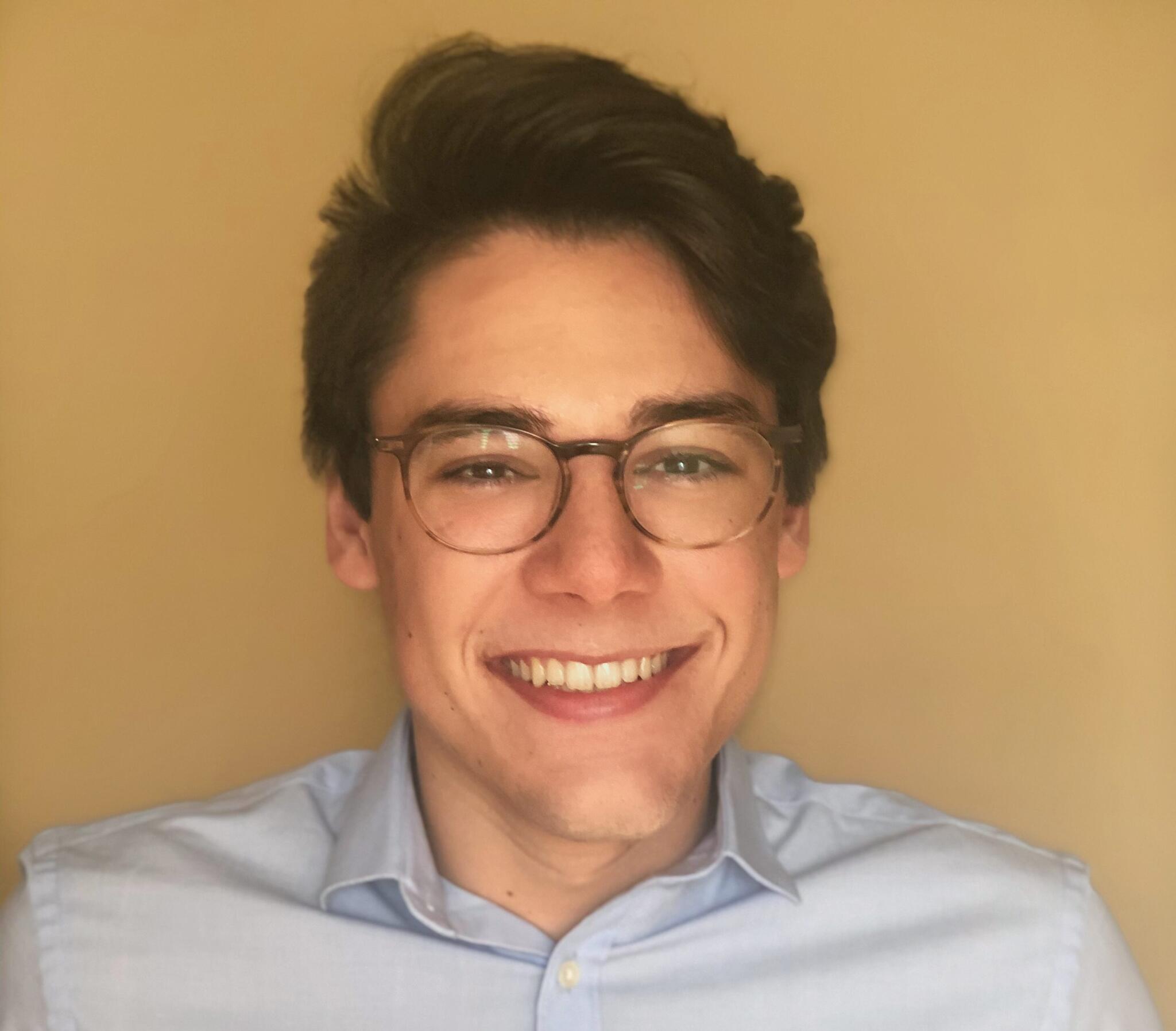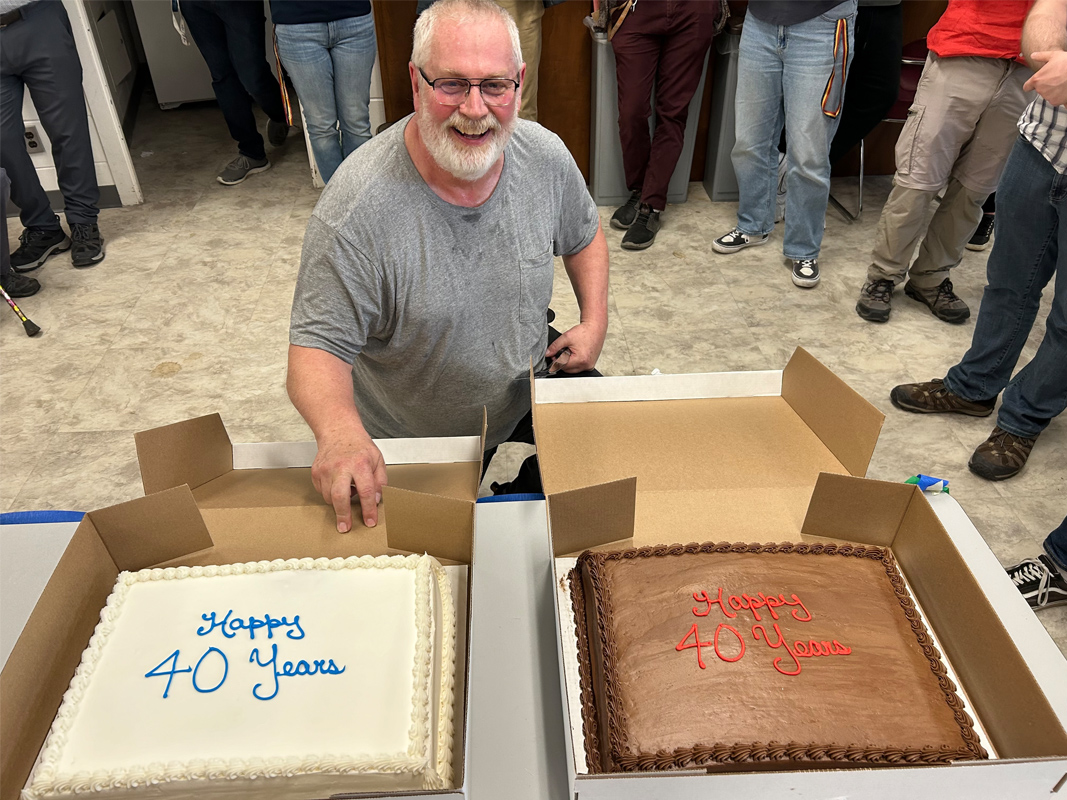Faculty Members Awarded Additional Funding
Last week, the Government of Canada announced research funding through the Natural Sciences and Engineering Research Council of Canada (NSERC)’s largest and longest-standing program, the Discovery Grants. We are proud to share that several of our department members were successful in acquiring funds:
 Queen's 2015 Nobel Prize in Physics
Queen's 2015 Nobel Prize in Physics
![Stills/artist's impressions taken from animations of the SKA-Mid telescope in South Africa. [Credit: SKAO]](/physics/sites/physwww/files/uploaded_images/Images/News%20Images/Spekkens_SKA-Midtelescopes_1800x1200.jpg)

